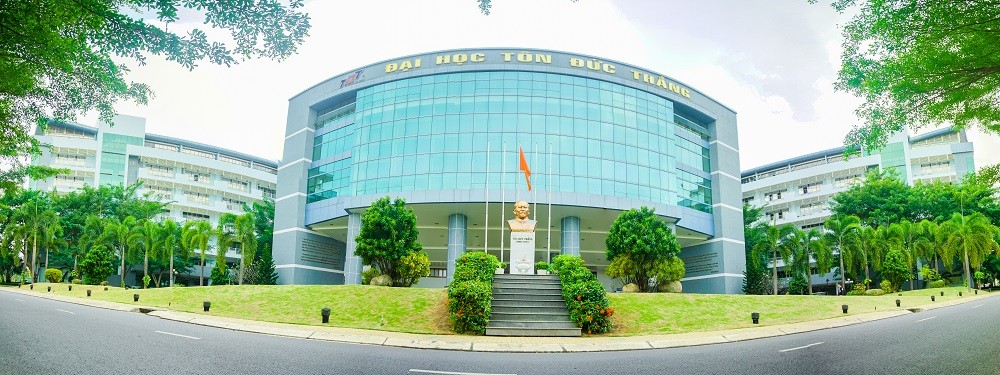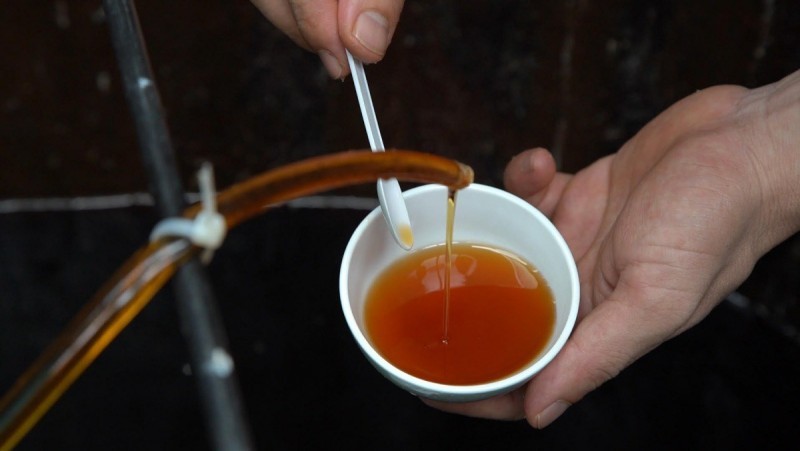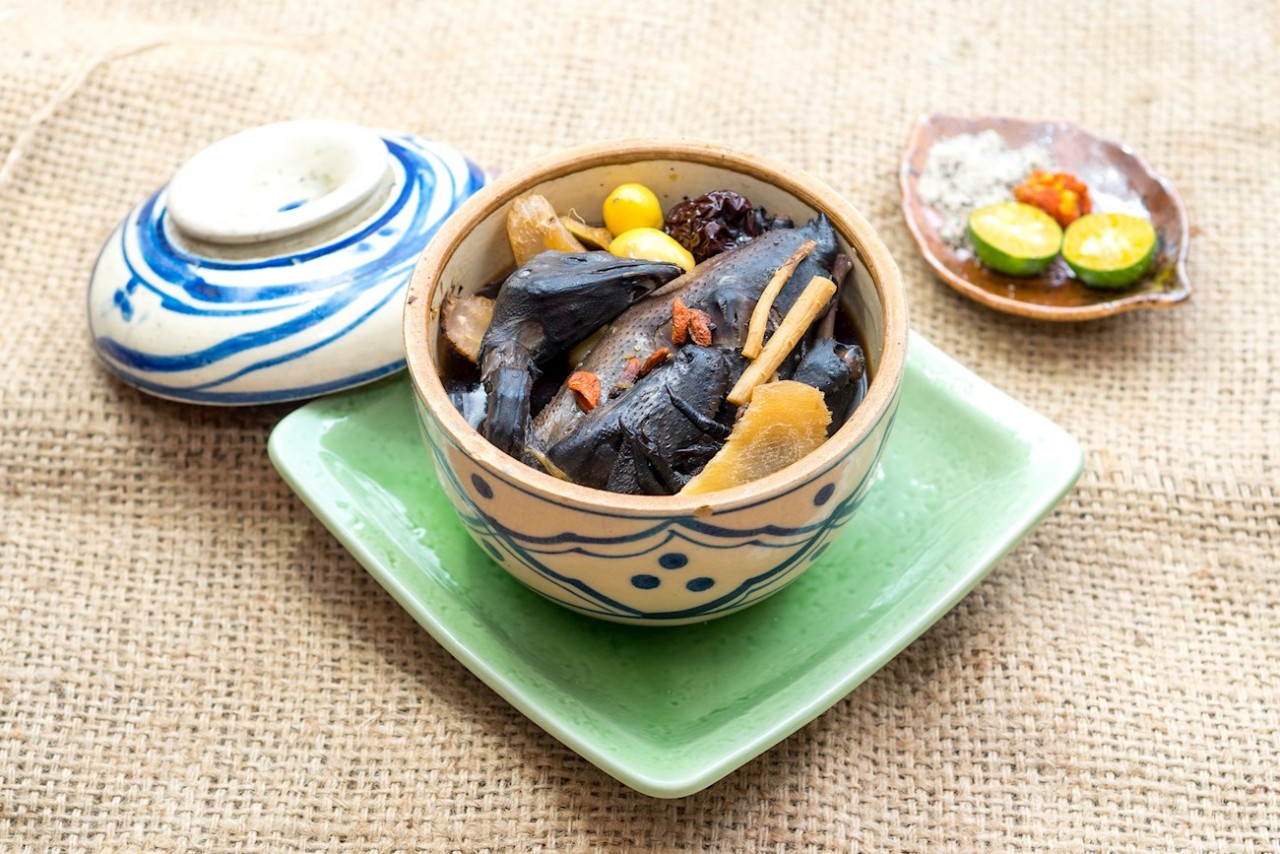10 Best Legumes to Eat

1. Chickpeas
Chickpeas are high in protein and fiber, plus important micronutrients like manganese and folate. One cup of cooked chickpeas contains approximately:
269 calories
45 grams carbohydrates
14.5 grams protein
4.2 grams fat
12.5 grams dietary fiber
1.7 milligrams manganese (84 percent DV)
282 micrograms folate (71 percent DV)
0.6 milligrams copper (29 percent DV)
276 milligrams phosphorus (28 percent DV)
4.7 milligrams iron (26 percent DV)
78.7 milligrams magnesium (20 percent DV)
2.5 milligrams zinc (17 percent DV)
0.2 milligrams thiamine (13 percent DV)
0.2 milligrams vitamin B6 (11 percent DV)
Chickpeas Benefits
Support Blood Sugar Control
Promote Satiety
Enhance Weight Loss
Highly Versatile
Maintain Healthy Cholesterol Levels
Boost Regularity
2. Kidney Beans
Each serving of kidney beans is low in fat but packs in a good amount of protein and fiber, as well as folate, iron, manganese and copper. One cup of cooked kidney beans contains approximately:
219 calories
39.7 grams carbohydrates
16.2 grams protein
0.2 grams fat
16.5 grams grams dietary fiber
131 micrograms folate (33 percent DV)
5.3 milligrams iron (29 percent DV)
0.6 milligrams manganese (28 percent DV)
0.5 milligrams copper (26 percent DV)
243 milligrams phosphorus (24 percent DV)
742 milligrams potassium (21 percent DV)
85 milligrams magnesium (21 percent DV)
0.2 milligrams thiamine (15 percent DV)
117 milligrams calcium (12 percent DV)
1.5 milligrams zinc (10 percent DV)
Kidney Beans Benefits
Optimize Heart Health
Stabilize Blood Sugar
Maintain Digestive Health
Prevent Anemia
Boost Weight Loss
Promote Feelings of Fullness
3. Black Beans
In addition to being rich in protein and dietary fiber, black beans are also loaded with folate, manganese and magnesium. One cup of cooked black beans contains approximately:
227 calories
40.8 grams carbohydrates
15.2 grams protein
0.9 grams fat
15 grams dietary fiber
256 micrograms folate (64 percent DV)
0.8 milligrams manganese (38 percent DV)
120 milligrams magnesium (30 percent DV)
0.4 milligrams thiamine (28 percent DV)
241 milligrams phosphorus (24 percent DV)
3.6 milligrams iron (20 percent DV)
0.4 milligrams copper (18 percent DV)
611 milligrams potassium (17 percent DV)
1.9 milligrams zinc (13 percent DV)
Black Beans Benefits
Support Satiety
Regulate Blood Sugar
Lower Cholesterol Levels and Blood Pressure
Aid in Weight Loss
Keep Digestive System Running Smoothly
Easy to Enjoy
 |
4. Lentils
As one of the most nutrient-rich types of legumes available, lentils are a great source of protein, fiber, folate, manganese, iron and phosphorus. One cup of cooked lentils contains approximately:
230 calories
39.9 grams carbohydrates
17.9 grams protein
0.8 grams fat
15.6 grams dietary fiber
358 micrograms folate (90 percent DV)
1 milligram manganese (49 percent DV)
6.6 milligrams iron (37 percent DV)
356 milligrams phosphorus (36 percent DV)
0.5 milligrams copper (25 percent DV)
0.3 milligrams thiamine (22 percent DV)
731 milligrams potassium (21 percent DV)
71.3 milligrams magnesium (18 percent DV)
0.4 milligrams vitamin B6 (18 percent DV)
2.5 milligrams zinc (17 percent DV)
2.1 milligrams niacin (10 percent DV)
Lentils Benefits
Great Source of Plant-Based Protein
Assist in Weight Loss
Reduce Heart Disease Risk Factors
Support Healthy Growth and Development
Prevent Spikes and Crashes in Blood Sugar
5. Pinto Beans
Pinto beans are high in fiber, protein, folate, manganese and phosphorus, as well as an assortment of other key vitamins and minerals. One cup of cooked pinto beans contains approximately:
245 calories
44.8 grams carbohydrates
15.4 grams protein
1.1 grams fat
15.4 grams dietary fiber
294 micrograms folate (74 percent DV)
0.8 milligrams manganese (39 percent DV)
251 milligrams phosphorus (25 percent DV)
0.3 milligrams thiamine (22 percent DV)
85.5 milligrams magnesium (21 percent DV)
746 milligrams potassium (21 percent DV)
3.6 milligrams iron (20 percent DV)
0.4 milligrams vitamin B6 (20 percent DV)
0.4 milligrams copper (19 percent DV)
407 milligrams sodium (17 percent DV)
10.6 micrograms selenium (15 percent DV)
1.7 milligrams zinc (11 percent DV)
Pinto Beans Benefits
Promote Regularity
Reduce Hunger
Boost Weight Loss
Support Healthy Pregnancy
Minimize Cholesterol
6. Peas
Compared to other legumes examples, peas are lower in calories but contain a hearty dose of vitamin K, manganese, vitamin C and thiamine. One cup of cooked peas contains approximately:
134 calories
25 grams carbohydrates
8.6 grams protein
0.4 grams fat
8.8 grams dietary fiber
41.4 micrograms vitamin K (52 percent DV)
0.8 milligrams manganese (42 percent DV)
22.7 milligrams vitamin C (38 percent DV)
0.4 milligrams thiamine (28 percent DV)
1,282 International Units vitamin A (26 percent DV)
101 micrograms folate (25 percent DV)
187 milligrams phosphorus (19 percent DV)
0.3 milligrams vitamin B6 (17 percent DV)
3.2 milligrams niacin (16 percent DV)
62.4 milligrams magnesium (16 percent DV)
2.5 milligrams iron (14 percent DV)
0.3 milligrams copper (14 percent DV)
1.9 milligrams zinc (13 percent DV)
434 milligrams potassium (12 percent DV)
Peas Benefits
Rich in Bone-Building Vitamin K
Low in Calories
Boost Immune Function
Support Healthy Blood Clotting
Aid in Weight Management
 |
7. Adzuki Beans
Although they are a bit higher in carbs than other types of legumes, adzuki beans are high in protein, fiber, folate and manganese, along with a number of other essential nutrients. One cup of adzuki beans contains approximately:
294 calories
57 grams carbohydrates
17.3 grams protein
0.2 grams fat
16.8 grams dietary fiber
278 micrograms folate (70 percent DV)
1.3 milligrams manganese (66 percent DV)
386 milligrams phosphorus (39 percent DV)
1,224 milligrams potassium (35 percent DV)
0.7 milligrams copper (34 percent DV)
120 milligrams magnesium (30 percent DV)
4.1 milligrams zinc (27 percent DV)
4.6 milligrams iron (26 percent DV)
0.3 milligrams thiamine (18 percent DV)
0.2 milligrams vitamin B6 (11 percent DV)
1.0 milligrams pantothenic acid (10 percent DV)
Adzuki Beans Benefits
Protect Against Chronic Disease
Improve Heart Health
Prevent Constipation
Aid in Weight Control
Decrease Hunger
8. Peanuts
Peanuts are much more calorie-dense than other legumes, which is why it’s absolutely essential to keep portion sizes in check and stick to about one ounce at a time. Each serving of peanuts contains a good amount of fat, manganese, niacin and magnesium. One ounce of dry-roasted peanuts contains approximately:
164 calories
6 grams carbohydrates
6.6 grams protein
13.9 grams fat
2.2 grams dietary fiber
0.6 milligrams manganese (29 percent DV)
3.8 milligrams niacin (19 percent DV)
49.3 milligrams magnesium (12 percent DV)
1.9 milligrams vitamin E (10 percent DV)
40.6 micrograms folate (10 percent DV)
100 milligrams phosphorus (10 percent DV)
Peanuts Benefits
Rich in Heart-Healthy Fats
Manage Cholesterol Levels
High in Anti-Inflammatory Manganese
Relatively Low in Carbs
9. Navy Beans
Navy beans are one of the richest sources of fiber available, cramming over 19 grams into a single serving. They also contain a good amount of protein, folate, manganese and thiamine. One cup of cooked navy beans contains approximately:
255 calories
47.8 grams carbohydrates
15 grams protein
1.1 grams fat
19.1 grams dietary fiber
255 micrograms folate (64 percent DV)
1.0 milligrams manganese (48 percent DV)
0.4 milligrams thiamine (29 percent DV)
262 milligrams phosphorus (26 percent DV)
96.4 milligrams magnesium (24 percent DV)
4.3 milligrams iron (24 percent DV)
708 milligrams potassium (20 percent DV)
0.4 milligrams copper (19 percent DV)
126 milligrams calcium (13 percent DV)
0.3 milligrams vitamin B6 (13 percent DV)
1.9 milligrams zinc (12 percent DV)
Navy Beans Benefits
Support Muscle Growth
Amp Up Weight Loss
Improve Digestive Health
Increase Satiety
Stabilize Blood Sugar
 |
10. Alfalfa Sprouts
Although they are significantly lower in calories, alfalfa sprouts still pack quite a punch when it comes to nutrition. In particular, alfalfa sprouts are a great source of protein, fiber, vitamin K and vitamin C. One cup of sprouted alfalfa seeds contains approximately:
8 calories
0.7 grams carbohydrates
1.3 grams protein
0.2 grams fat
0.6 grams dietary fiber
10.1 micrograms vitamin K (13 percent DV)
2.7 milligrams vitamin C (5 percent DV)
0.1 milligrams copper (3 percent DV)
0.1 milligrams manganese (3 percent DV)
11.9 micrograms folate (3 percent DV)
Alfalfa Sprouts Benefits
Low in Calories
Strengthen Bone Health
Increase Immunity
Maintain Healthy Blood Clotting
Final Thoughts
Legumes are a family of plants that have been associated with numerous health benefits, including improved heart health, enhanced blood sugar control, increased weight loss and better digestive health.
Legumes are also incredibly nutrient-dense and contain a good amount of fiber, protein, vitamins and minerals in each serving.
Beans, lentils, peanuts and peas are a few of the most common types of legumes, all of which are widely available and easy to enjoy.
Each type of legume offers a unique nutrient profile, plus a long list of potential health benefits, making them an excellent addition to a healthy diet./.
( Rachael Link )
Recommended
 Handbook
Handbook
Four Vietnamese Universities Feature Among Asia's Top 200
 Handbook
Handbook
Water Puppet Show To Be The Highlight of Vietnam Day in Brazil
 Handbook
Handbook
Taste Atlas: Vietnam’s Fish Sauce, Fermented Dish Sauce Among World’s Best Dipping Sauces
 Handbook
Handbook
TasteAtlas: Four Vietnamese Dishes Among World’s 100 Best Dishes With Ginger
 Handbook
Handbook
Free Tickets to Taiwan Film Salon 2024 in Hanoi
 Handbook
Handbook
Ben Tre Delicacy Garners International Recognition
 Handbook
Handbook
Pho Price Wars: A German YouTuber's Hanoi Experiment
 Handbook
Handbook
